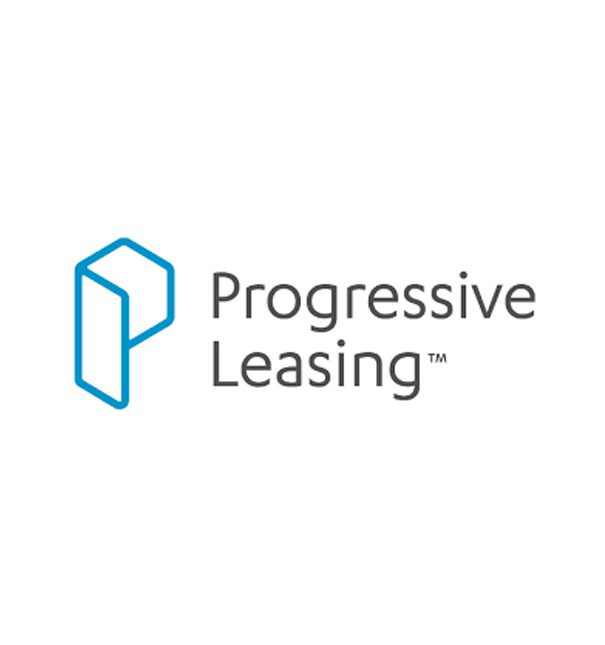An effective strategic plan provides step-by-step instructions for launching, growing, or redirecting an organization. The strategic planning process involves:
- Defining the organization’s vision.
- Conducting a situational assessment (including validating the forecast/outlook).
- Setting goals, objectives, and priorities (while understanding that different constituents may have different desired outcomes).
- Developing a tactical process to hit the goals.
- Implementing the plan.
- Reviewing and recalibrating.
As I mentioned previously in an article entitled “How To Improve Your Inventory Demand Planning Forecast,” one of the most important but often overlooked parts of the strategic planning process is having an orderly and consistent system for reconciling forecasted versus actual results and outcomes, performing a variance analysis, and recalibrating the strategic plan accordingly.
Here are the basic steps required for strategic planning.
Step 1: Define the organization’s vision or raison d’etre
What is the organization trying to achieve in the long term? Who is most affected by our success and failure? Identify wants and needs addressed by the organization. What problem are we solving? What is the value-add of the organization? How is the organization differentiated in each of its end markets?
Every strategic plan shows the world your goals, strategies, and intentions. It defines your brand. Be able to articulate the overarching goals that align with your vision and define several different objectives/strategies for each goal.
Step 2: Understand the current situation and outlook
According to the Harvard Business Review, 98% of business leaders say their organization has faced one or more detrimental effects, from material shortages to missed revenue opportunities to decreased customer satisfaction and profitability, due to bad forecasting and planning. Every organization must conduct a thorough environmental examination. Develop a SWOT (Strengths, Weaknesses, Opportunities, Threats) analysis to understand the internal and external environment. Create a systematic process to gather, analyze, synthesize, and communicate data to inform the strategic planning process. Develop knowledge about trends, benchmark best practices, and understand how existing initiatives meet the mark and where they need to catch up. Ensure you can identify and analyze your comps, including direct competitors, players with similar end markets, and suppliers of products with similar life cycles. Don’t develop tunnel vision. You can interview industry analysts in your field and related fields to avoid missing out on hidden or underutilized opportunities and strategies. Make sure you also understand the macro environment. How will the economic, technological, and socio-political environment impact your day-to-day operations? Could these factors affect your organization’s mission, approach, and growth prospects?
Step 3: Determine areas of focus (Goals, Objectives, and Priorities)
Set specific, measurable, achievable, and relevant objectives that align with your vision. Build buy-in from all stakeholders to ensure alignment with each strategic priority. Define how these objectives could evolve over time. Design the plan so that the organization can grow and position itself in a larger milieu.
Step 4: Outline the strategies and tactics to help you achieve your objectives
The strategic plan should be designed to engage, motivate, and retain internal and external constituents. This will only be achieved by aligning the organization, mission, programs, and resources. Are the assets (including people) in place now sufficient to hit the organization’s goals? What will it cost the organization, and how will these costs get funded to get the necessary tools and resources in place to hit the plan? Define and establish a process to anticipate trends and issues that may affect the implementation of a strategy.
Step 5: Implement the Plan
Assign responsibilities, set timelines, and allocate resources. Execute the plans you’ve developed in Steps 1-4.
Step 6. Monitor the situation and evaluate the results
Incorporate a variance analysis (performance versus objectives). Establish milestones and define a timetable to re-examine the situational assessment and contingency planning. Clearly define success! Set up a dashboard that monitors progress toward organizational goals and objectives, including KPIs. Evaluate progress relative to each milestone, and don’t be afraid to recalibrate.
Potential problems and risks you’re likely to encounter:
- Too many cooks in the kitchen. You’ve incorporated everyone’s input but needed more focus, clarity, and direction.
- You’ve gotten all the right people in the room, reached a consensus, and formulated a comprehensive long-term strategy. But now you haven’t incorporated the plan because you’re in crisis mode and have fallen into a vicious circle of reacting to market shocks. You’re hoping the seas will steady and you can roll out your plan.
- The strategic plan needed to be truly socialized and communicated throughout the organization. The thought leaders, experts, and C-Suite are on board. However, the people you rely on to execute the plan need to understand the rationale behind the tactics they’re being asked to execute and are, therefore, confused or not fully committed.
- Lack of alignment between mission, action, and finances. You don’t have the capital to execute the plan fully, and the parts that have been executed need to produce satisfactory results on their own.
The solution:
Remember that strategic planning is a process, not simply an outcome. Therefore, a strategic plan is not static; it should be a dynamic document that evolves as your organization grows and new challenges and opportunities arise. Engaging stakeholders throughout the process is important to ensure alignment and buy-in. Last but not least, it’s critical to understand that the strategic planning process is almost as important as the products, services, and needs the organization fulfills. Therefore, the commitment has to be thorough, from intellectual to execution to financial perspectives.













